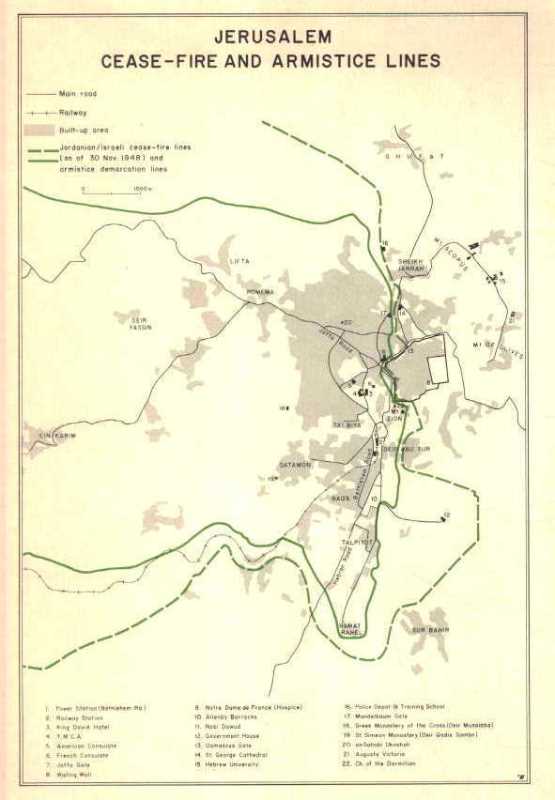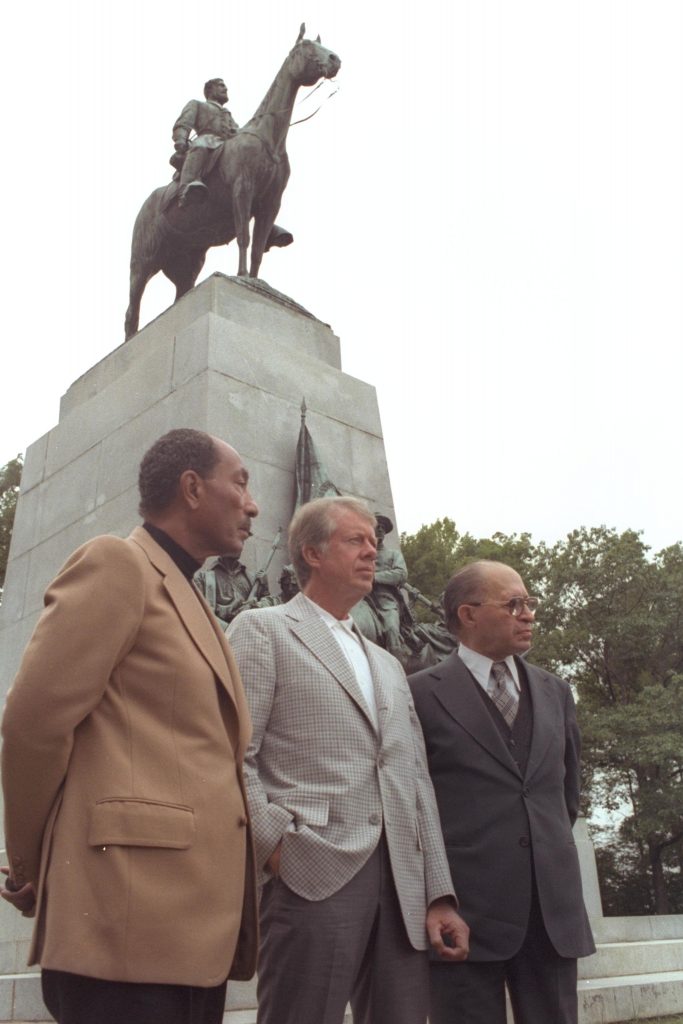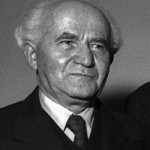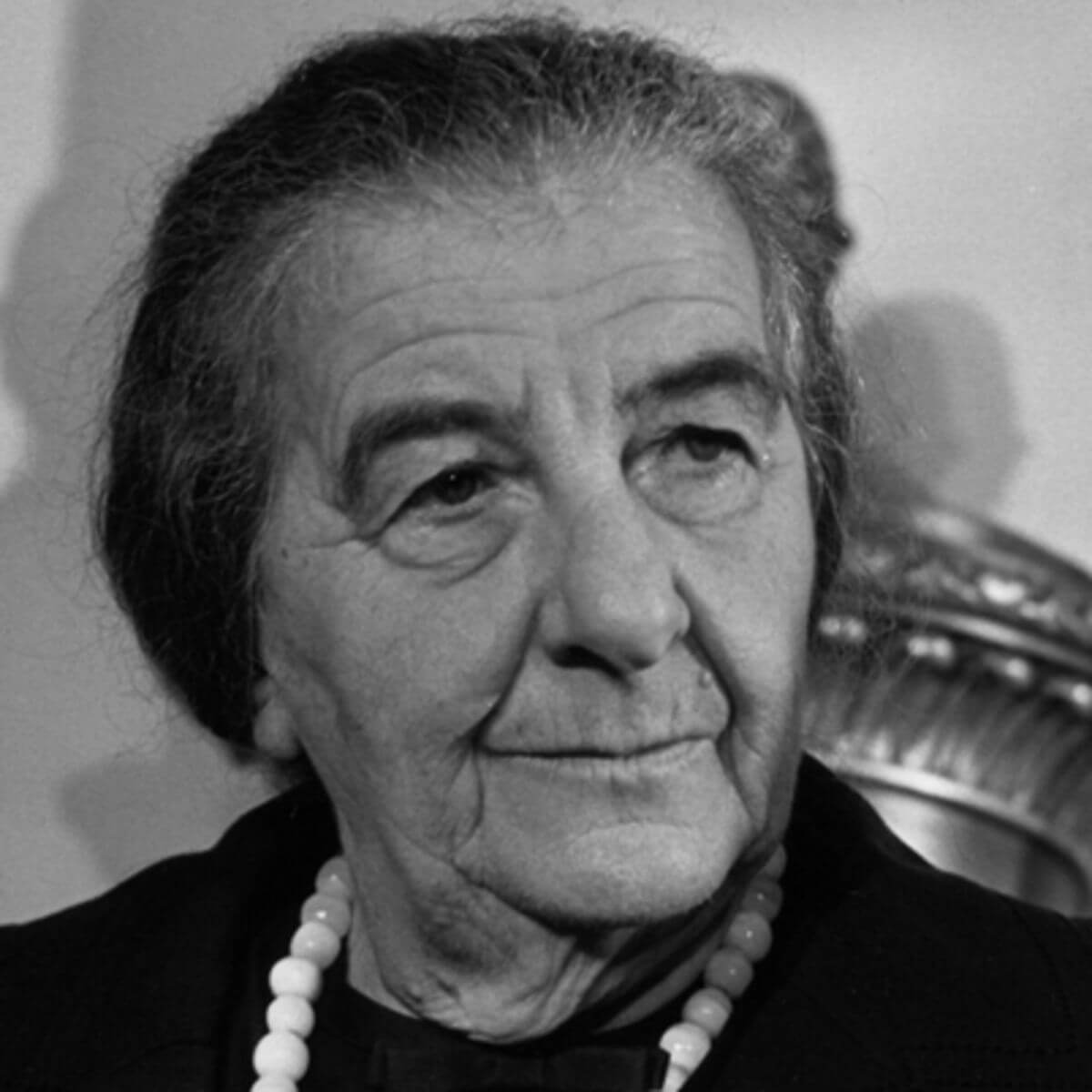א.1 | The decision to publish Israel's state papers
Documents on political and diplomatic issues created in the Foreign Ministry and the Prime Minister’s Office remain classified even after they are transferred to the Israel State Archives. In the early days of the state it was decided to classify them for 30 years, and in 1966 a review of the regulations proposed to open the documents to the public after this. As the date approached, the State Archivist, Dr. Avraham (Paul) Alsberg, held a series of discussions with the Supreme Archives Council, the public body in charge of the archives, and with academics, senior Foreign Ministry officials, lawyers, security experts and representatives of the Prime Minister’s Office. The State Archivist asked for permission from the government to declassify the documentation on the establishment of the state. Together with the files, Dr. Alsberg planned to publish year by year a series of books which would present a chronological selection of declassified diplomatic documents, similar to the US State Department’s series, “Foreign Relations of the United States” which is published by act of Congress and enjoys great prestige and credibility. The Israeli series, like FRUS, would provide a guide to Israel’s foreign relations.
Some of the officials who took part in the discussion feared the revelation of state secrets and sensitive issues from a security point of view. However, the majority saw free access to archives and disclosure of materials about the government’s actions and policy-making as an important element of a democratic regime, like freedom of the press or academic freedom.

Prime Minister David Ben-Gurion with Dr. Alsberg, 1963. Israel State Archives
In April 1974, Prime Minister Golda Meir submitted a resolution to the government, instructing the archives to take the necessary steps to publish a series of state papers for the period beginning on November 29, 1947, and to open the files to the public (File G 7292/25). The prime minister was not enthusiastic about the proposal. Some ministers supported it and others suggested postponing the decision as the publication date was three years away. Finally it was decided to postpone the debate but to allow the State Archives to continue preparations.
At the end of April 1974, Golda Meir resigned and Yitzhak Rabin replaced her as prime minister. In December 1974, the Rabin government discussed the archive’s proposal and decided to set up a ministerial committee headed by Minister Gideon Hausner to examine the idea of publishing the series.
In the meantime, Alsberg set up a declassification team of veteran staff from the Foreign Ministry and a team of historians to prepare a selection of documents, firstly for the period of the establishment of the State in 1947-1948. On May 17, 1976, the government again discussed Minister Gideon Hausner’s resolution on opening the documents to the public and preparing the series. The discussion opened up debate on the “public’s right to know”, and legal expert Ze’ev Segal published a column in the Ma’ariv daily on 24 May on the pros and cons of the argument. Segal attacked those ministers who still held to the view that the government or the “authorities” should control the information they produced and decide what citizens should be allowed to know.
On August 31, 1976, a discussion was held in Minister Hausner’s office with the participation of Attorney General Aharon Barak, as a result of which the State Archives was given a retroactive seal of approval for the preparation of the series.






